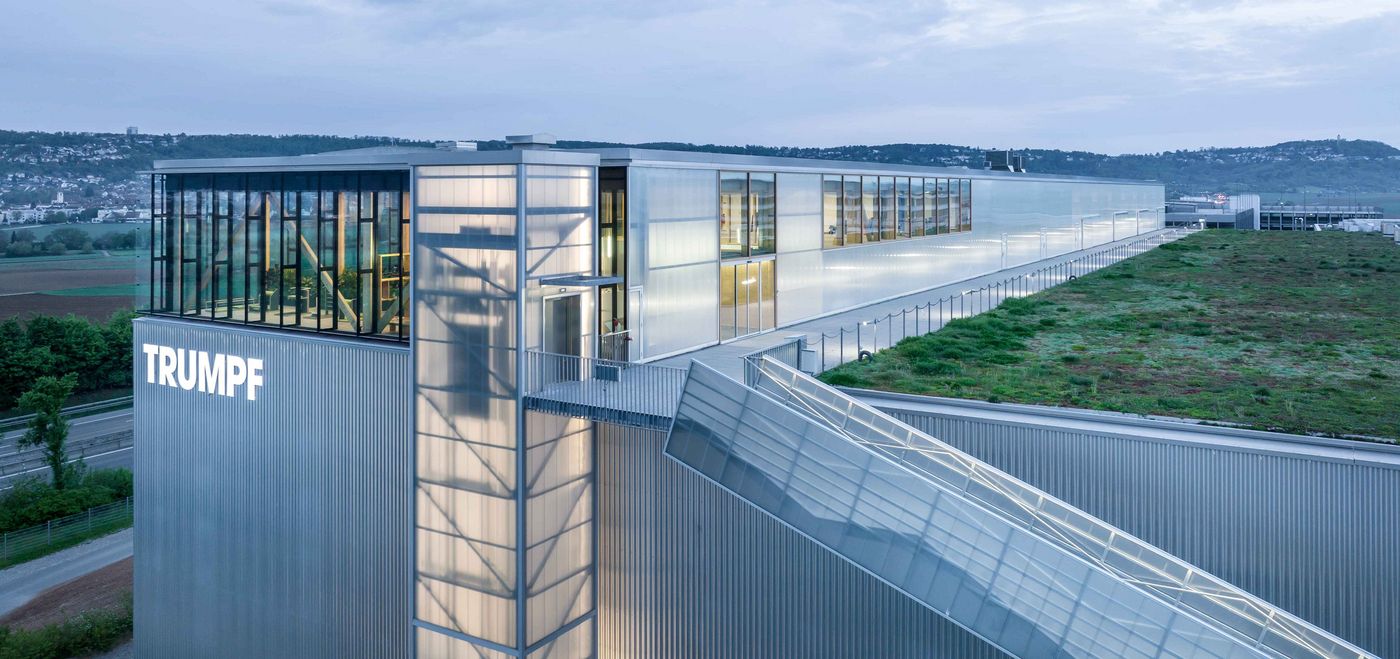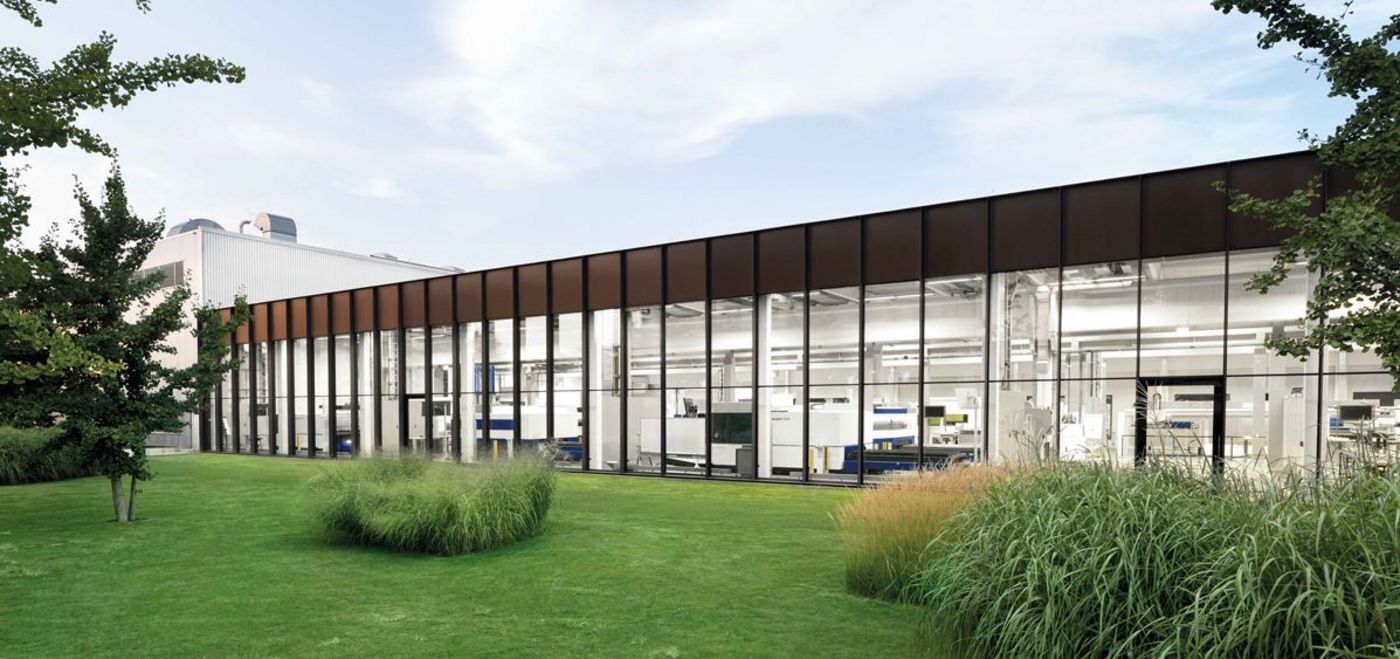As a family business, we take a long-term approach. Our climate strategy aims to reduce emissions generated by the business activities of the entire TRUMPF Group. That is why we are developing more and more energy-efficient products for our customers. Overall, our climate strategy supports the 1.5-degree reduction pathway of the Paris Climate Agreement and has been confirmed by the Science Based Targets initiative.
What are we doing to protect the climate and the environment?
Our climate strategy consists of three fields of action: sites, products and supply chain - thus comprising the entire value chain.
This is possible through energy saving measures, independent energy production and compensation through certified international projects. Our goal: reduce even more emissions in real terms.
We are working hard to make our products more energy-efficient. Emissions from TRUMPF products in operation are to be reduced by 14 percent by 2030.
We use self-generated or purchased green electricity at all of our sites. By 2027, we want to cover 10 percent of our electricity needs from self-generated renewable energy.
Our carbon footprint - today and tomorrow
Our objectives
We want to reduce the direct emissions from our sites and vehicle fleets (Scope 1) and our indirect emissions from energy procurement (Scope 2) by 55 percent by 2030 compared to the base year 2018/19. In addition, we aim to reduce our indirect emissions from the upstream and downstream value chain (Scope 3) by 14 percent in the same period.
What does this look like at the moment?
In 2022, TRUMPF will only produce around 25,000 tonnes of COCO2 per year at all of its sites. This allowed us to halve our CO2 emissions compared to the 2018/19 fiscal year - despite strong company growth. We will therefore soon achieve our goal of reducing emissions from Scope 1 and 2 by 55 percent. Looking ahead to Scope 3, we are already offering our customers products and solutions that save energy and materials. We are currently working diligently to further expand this portfolio. Since many development projects have a long lead time, the positive effects of reduced emissions from Scope 3 will only become visible in the next few years.












